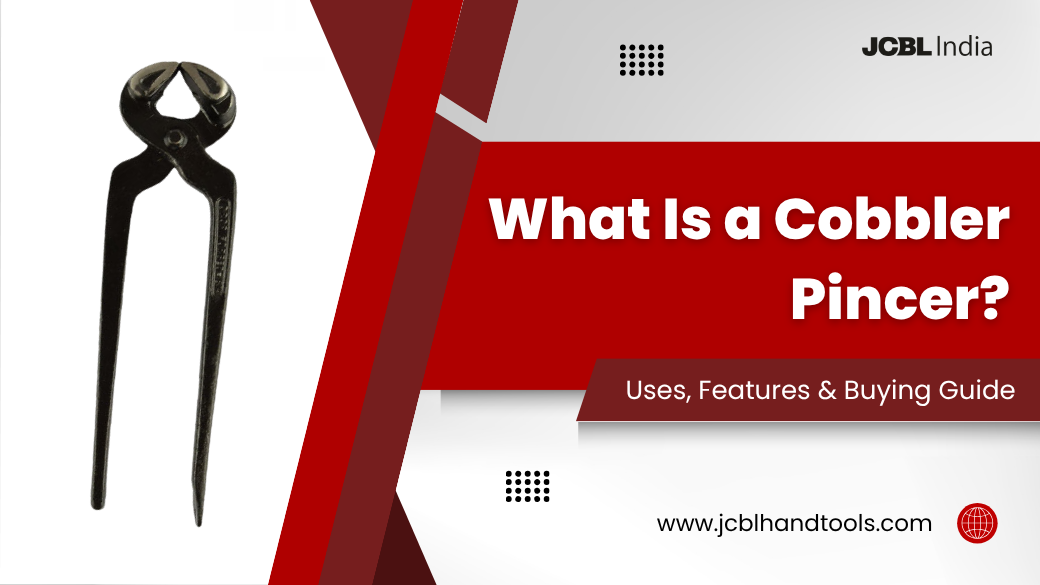Trusted Pipe Cutter Supplier - JCBL Hand Tools
When it comes to industrial tools, having a reliable pipe cutter supplier is essential for ensuring precision, durability, and efficiency in your projects. Whether you are in the plumbing, construction, or manufacturing industry, pipe cutters play a vital role in achieving clean and accurate cuts for pipes of various materials. Among the leading pipe cutter manufacturers in India, JCBL Hand Tools has established itself as a trusted name for delivering high-quality tools that meet international standards. Why Choose JCBL Hand Tools as Your Pipe Cutter Supplier? As a renowned hand tools manufacturer in India , JCBL Hand Tools is committed to providing top-notch products that cater to diverse industrial needs. Here are a few reasons why professionals across the globe prefer JCBL for their pipe cutting tools: 1. Wide Range of Pipe Cutters JCBL Hand Tools offers an extensive collection of cutting tools designed for various materials, including: PVC pipe cutters for plumbing and irrigation...

